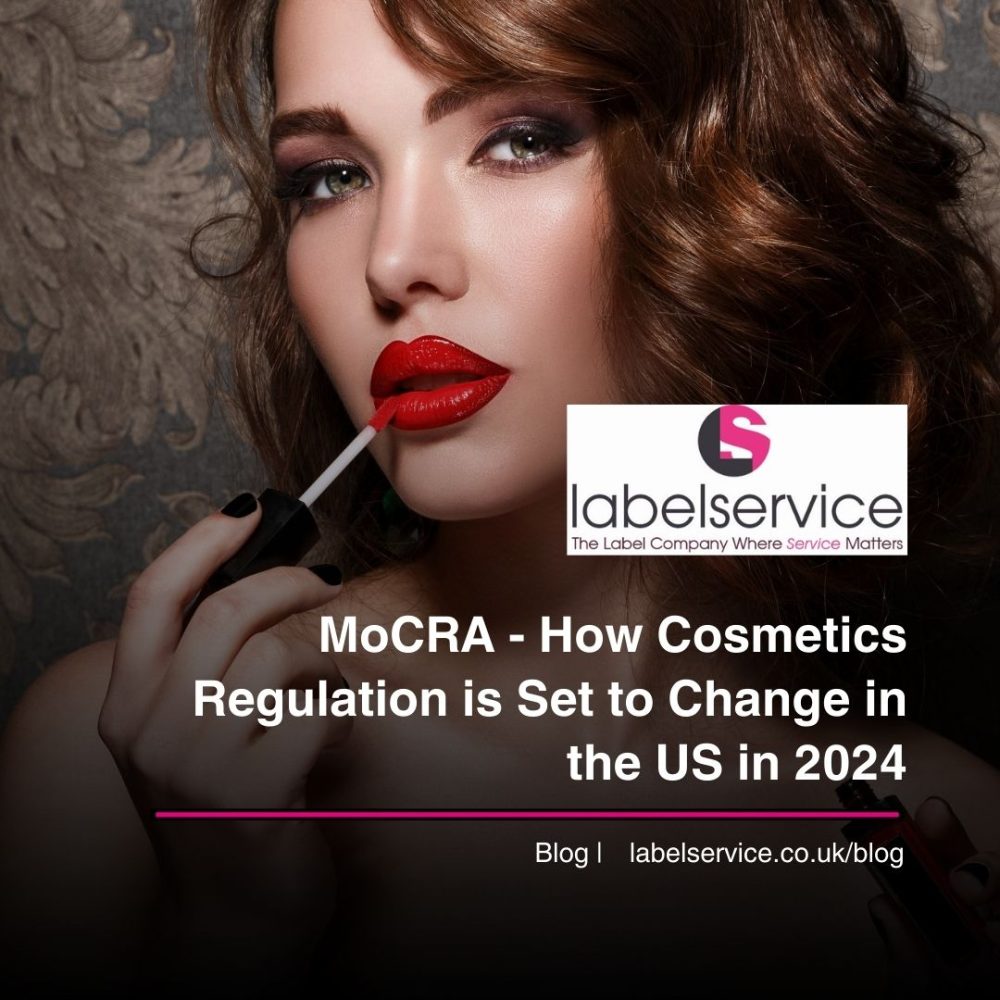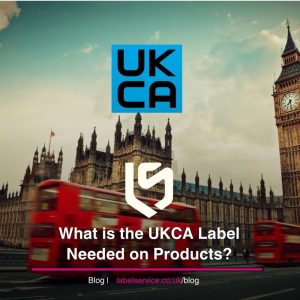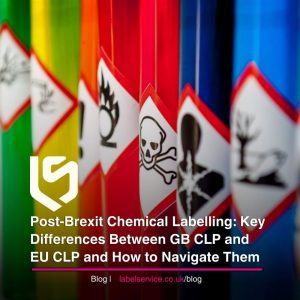A critical deadline in the beauty and personal care industry is quickly approaching, with further changes on the horizon — though some experts feel it may still fall short. Under the Modernisation of Cosmetics Regulation Act (MoCRA), passed by Congress in late 2022, cosmetics companies across the U.S. are required to register their manufacturing facilities with the Food and Drug Administration by Monday, following an extension from the original December deadline. Additionally, they must annually list every cosmetic product on the market, along with its ingredients, and submit any updates as necessary.
“That’s normally how the proverbial camel’s nose goes under the tent,” said Marc J. Scheineson, partner at Alston & Bird and former FDA associate commissioner, of the registration process. “For the FDA drawing companies into tighter regulation, they want to know who’s out there and what they’re making and selling and that’s likely to be thousands and thousands of different products and companies, so that ought to keep the FDA busy for a while — just studying the registrations and listings that are expected to come in soon.”
MoCRA is the first major statutory change to the Food, Drug and Cosmetic Act regarding the regulation of cosmetics since the FDCA’s enactment in 1938. While not as far-ranging as some had hoped, the headline is that Congress has ordered the FDA to toughen up its regulation of the cosmetics industry.
The registration process follows other MoCRA requirements that are already in effect as of 2023, including maintaining records regarding adverse events; reporting serious adverse events to the FDA within 15 days, and labelling professional use cosmetics as “for professional use only.” The FDA also now has sharper teeth in terms of inspections, mandatory recalls and facility suspensions.
Yashi Shrestha, cofounder and head of chemistry and sustainability at Novi Connect, a platform for clean beauty verification and ingredient sourcing, partnered with FDA compliance firm Registrar Corp. to assist cosmetics and skin care brands nationwide in registering their cosmetics facilities and product listings with the FDA. With that deadline coming up, she is turning her attention to the next item on the agenda: allergens.
Fragrance and Allergens
The FDA is expected to make an announcement identifying fragrance allergens that must be disclosed on cosmetics labels and the format for disclosure, in line with European Union and other international requirements.
“The focus thus far has been on facility registration and adverse events. We know the next thing coming down is fragrance and allergens,” said Shrestha. “I see that being a huge part of how we move forward, both on the brands’ side, who will continue to have full visibility into what they could potentially be exposing their consumers to, and on the retailers’ side, who will equally need that transparency for their customers who buy these products. We’ll be helping both retailers and brands craft those requirements into their standards in clean and safe products to market.”
Scheineson added that unlike Europe, where trade secrets aren’t as well protected for cosmetics, in the U.S. the labels only have to list fragrances or flavours, but not what the formulas are. “Now FDA will have guidance on how to label cosmetic products,” he said.
For Debi Theis, president of Henry Rose, the genderless fine fragrance brand founded by Michelle Pfeiffer, the move is “the right step forward.” “Thirty percent of people have some kind of allergic reaction to fragrance. It’s really important that they are able to have that line of sight into what is in each of their products that have fragrance…it’s just becoming more and more transparent from the consumer’s point of view,” she said. “We have always had our allergens on our packaging. In fact, we’re 100 percent ingredient transparent, which is taking it even a step further because we think it’s really important for the consumer to know what they’re putting on their body.”
Standards
As for what else is still to come, the industry is awaiting the FDA to issue guidance on good manufacturing practices, set to be published in 2025. On this, Kelly A. Bonner, an associate at law firm Duane Morris, said: “They’re not reinventing the wheel. There are standards out there. It’s just going to be what the FDA say is the standard in the United States.” The FDA has also published proposed rules regarding standardised testing methods for detecting and identifying asbestos in talc-containing products, which are pending review.
Asbestos was found in some cosmetics products at Claire’s in 2019, but at the time the FDA could only advise consumers not to use them. The following year, Johnson & Johnson announced it was discontinuing the sale of its now controversial talc-based baby powder in the U.S. and Canada after thousands of lawsuits filed by cancer patients. The suits alleged that talc used by the company in its baby powder product was contaminated by asbestos for years, potentially causing ovarian cancer in unwitting consumers. In 2023 it pledged to begin using cornstarch in all baby powder it uses globally and in June it reached a $700 million settlement in the talc case with U.S. states.
Regarding the evolving regulatory landscape, the Personal Care Products Council (PCPC), the industry’s leading trade group, commented, “Our member companies remain committed to diligently meeting all MoCRA deadlines.”
Bonner also expressed confidence that the industry is taking these changes seriously, emphasising that the FDA’s immediate goal is to navigate the initial years of MoCRA implementation and then reassess. He noted, “Ultimately, the FDA will review the data, evaluate enforcement priorities, and refine the process to better support both the industry and consumers.”
However, some believe more progress is needed. Homer Swei, Vice President of Healthy Living Science at the Environmental Working Group, acknowledged that MoCRA marks a significant step toward improving cosmetics’ safety and transparency, but pointed out its major shortcoming: it does not mandate safety reviews of individual chemicals used in personal care products.
“People use multiple products every single day, often layering them without knowing the full extent of potential chemical exposures,” he continued. “With the exception of talc and PFAS, improvements to the definition and determination of safety were left out of MoCRA, and are generally left to manufacturers. This is different from international regulations, where the government takes a more active role in determining safety and safe use. A stronger law would ensure that each ingredient is thoroughly tested and reviewed for safety before being allowed in products that consumers use daily.”
On Dec. 29, 2022, in what has been called the most significant expansion of the FDA’s authority to regulate cosmetics since the Federal Food, Drug, and Cosmetic Act of 1938, the Consolidated Appropriations Act of 2023 was signed into law, which encompassed the Modernisation of Cosmetics Registration Act of 2022 (MoCRA).
According to the Federal Register, MoCRA requires manufacturers of cosmetic products to label products intended for use only by licensed professionals and products intended for use by consumers. MoCRA also added the requirement for cosmetic product labels to include contact information through which adverse events can be reported to the responsible person, which is defined as the manufacturer, packer or distributor of a cosmetic product whose name appears on the label. The 2-year deadline for manufacturers to add this contact information to their products is approaching, leaving dermatologists wondering how this will affect the cosmetic landscape in the U.S.
Value of MoCRA
Cosmetics has been left behind in terms of regulations compared with other industries, such as food, drugs and medical devices. There hasn’t been a significant update to the regulation in over 85 years. There’s been some updates around cosmetics labels including colour additives and ingredient reviews, but nothing as dramatic and stringent as this new MoCRA regulation that has come into effect, and it’s long overdue.
It was kind of the wild, wild West for cosmetics in the U.S. for a very long time. There was never any transparency into where the products were coming from, who was responsible for them and the safety requirements around any of the products until MoCRA. Now, this is in effect. Cosmetics is a huge industry totalling about $500 billion. The U.S. is actually known for being one of the largest cosmetic markets, which is really heavily influenced by how many brands sell in the U.S. and launch in the U.S. in addition to the fact that the U.S. has a wide range of products.
For some time there has been a huge need for regulations around cosmetics in the U.S. Many states started to regulate cosmetics on their own which left too many states developing these processes, ranges and requirements. It pretty much left the FDA behind, leaving states to take on the job of the FDA. So, this is really a push to start regulating a huge industry in the U.S., ensuring the products that are being put on the shelves and used by consumers are safe.
Taking in reports of health-related events is a very niche type of skill and there are not that many people out there that do it in cosmetics because it’s never been needed. So, there’s definitely going to be teams that are going to have to get trained. Thankfully, cosmetics was very lucky as it is the only industry they have allowed electronic contact for adverse events. Every other industry must have a domestic physical address or domestic phone number, which you can also have as a cosmetic company, but I’m not really sure people are writing letters and mailing letters about an adverse event.
Consumers can also call as a phone number will be manned 24/7; however, a phone call leaves it up to the consumer to disclose whatever information they want which may not be helpful. So, the electronic contact provides a quick way to get reports that, if done right, will guide the consumer toward providing the right information.
For businesses, it is crucial to prepare by reviewing adverse event reporting processes and ensuring safety substantiation systems are in place before these new requirements fully take effect by mid-2024. This modernisation reflects the FDA’s push for better consumer safety in response to the growing complexity of the cosmetics market and global supply chains.

















